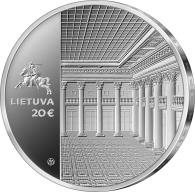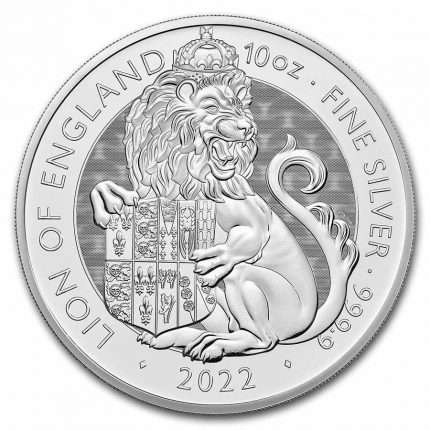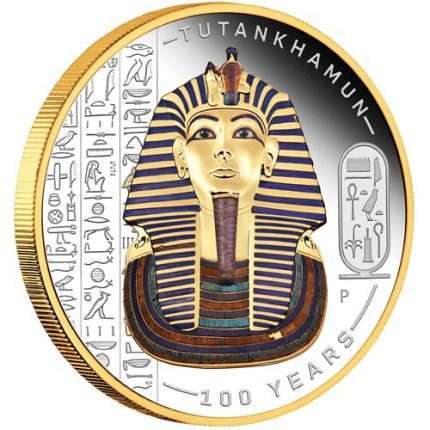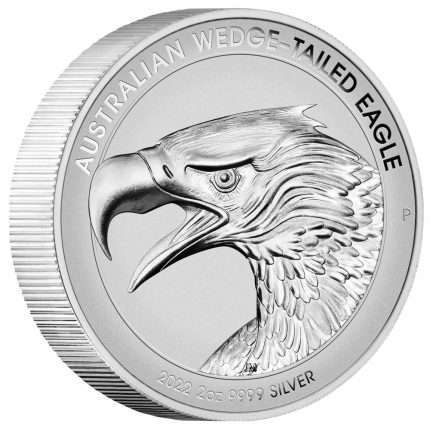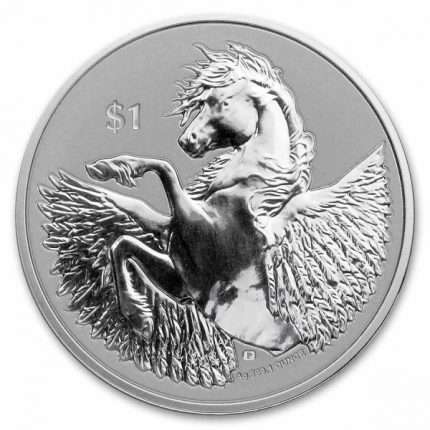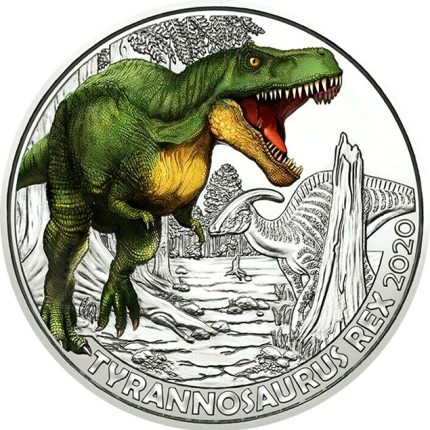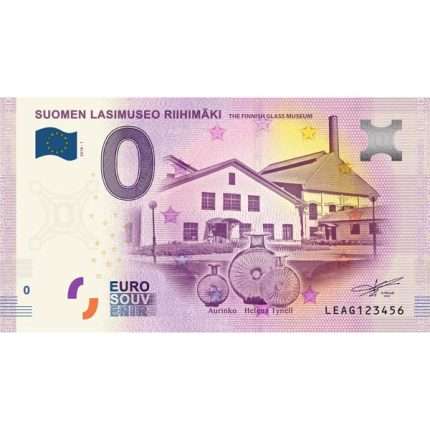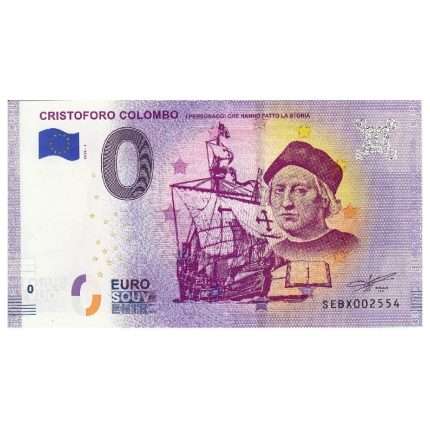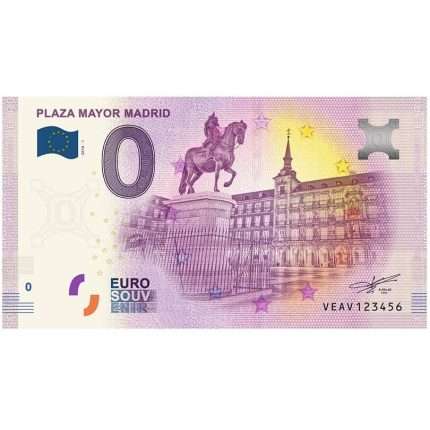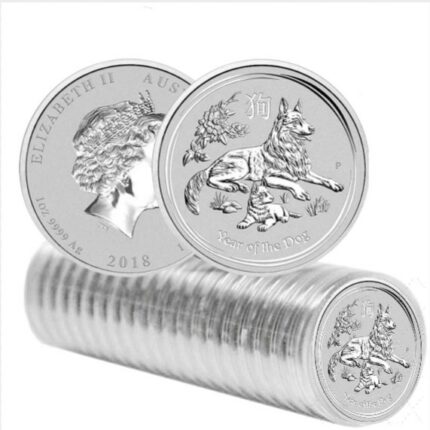

Silver coin €20 Lithuania 2022 – Centenary of the Bank of Lithuania
€85.00 includes 24% VAT
The coin is dedicated to the centenary of the Bank of Lithuania.
October 2, 1922 was destined to become one of the most important dates in the history of modern Lithuania, as it marked the launch of the Lithuanian national monetary system. The litas currency was put into circulation, and its oversight was entrusted to a completely new institution – the Bank of Lithuania. Although the centenary of the Bank of Lithuania seems to refer to the century-old history of the institution, there were two milestones in the history of the Central Bank of Lithuania – the old one, whose history lasted from October 2, 1922 to October 3, 1940, and the modern bank, which was restored on March 1, 1990 of the year. Both are connected by the same idea of the center of the Lithuanian financial system, the continuity of which was interrupted for half a century by the Soviet occupation, which led to fundamental differences in the structure and nature of operations between the interwar Emission Bank and the modern Bank of Lithuania.
The Bank of Lithuania, which began operating in the autumn of 1922, according to the law adopted by the Constituent Seimas, was a joint-stock company whose shares were owned not only by the state, but also by private individuals. In addition to supervising the monetary system and issuing currency, the Bank also performed some commercial functions, it functioned as a credit institution supporting businesses and individuals, also collected taxes in some areas, sold state stamps and playing cards, etc. The Bank of Lithuania, recreated in 1990, belonged exclusively to the state and did not perform any commercial functions. Its main tasks were monetary policy, supervision of the banking sector and the financial system. The Bank of Lithuania carried out the currency reform twice (introduced the litas in 1993 and the euro in 2015). In the 1990s and 2010s, the Bank revoked operating licenses from several commercial banks that failed to meet transparency requirements and has been a global leader in recent years in promoting the development of the fintech sector.
Currency is not only an economic but also a cultural phenomenon, and the central banks responsible for issuing it inevitably become cultural actors. Not only did the Central Bank of Lithuania issue banknotes designed by the most famous artists of the time during the interwar period, but its own building in Kaunas, opened at the end of 1928, was an exceptional piece of public architecture. The construction of the Bank’s branches was especially intensive in the 1930s, when eight modernist commercial buildings were erected in Lithuanian cities, which became an organic element of the Lithuanian urban landscape. The modern central bank works in the field of culture, issuing collectible and commemorative coins, which was a new field of activity compared to the bank of interwar Lithuania. The litas and euro coins, dedicated to the most important Lithuanian events, people, places, architectural and natural monuments, are conceived as works of art in a small format, while retaining their main function as legal tender. Both versions of the Central Bank of Lithuania to some extent reflect the development trajectory and values of their founder, the Republic of Lithuania. In 1918–1940, the security aspirations of a modernizing but still agrarian and conservative Lithuania were embodied in the stability of the national currency. The motto of Lithuania, which emerged at the end of the 20th century and is rapidly catching up with the West – innovation, drive and openness – reflects the values and activities of the modern Bank of Lithuania.
Denomination: 20 euro
Metal: Silver 925
Weight: 28.28g
Quality: PROOF
Circulation: 2750 pieces
Packing: capsule, box
A certificate of authenticity is included.
| Country | |
|---|---|
| Quality mark | |
| Year |
1 in stock







